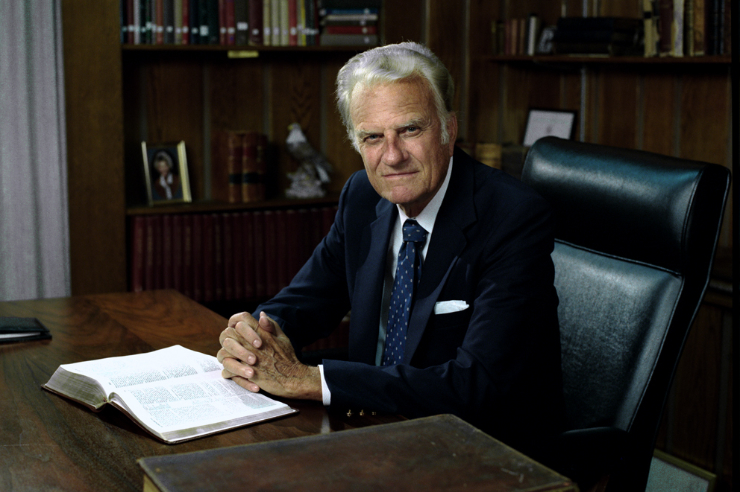Today the Year for Priests comes to a close. In the Vatican’s St. Peter’s Square, Pope Benedict is offering Mass with  several thousand concelebrating priests joined by the prayers and gratitude of most of the 440,000 priests throughout the world. Today’s concluding Mass, like the inauguration of the priestly year last June, takes place fittingly on the Solemnity of the Sacred Heart of Jesus, which is traditionally the world day of prayer for priestly sanctification. The priesthood, as St. John Vianney used to say, is “the love of the heart of Jesus.” In order for priests effectively to radiate that divine love in their frail humanity, however, they must be holy.
several thousand concelebrating priests joined by the prayers and gratitude of most of the 440,000 priests throughout the world. Today’s concluding Mass, like the inauguration of the priestly year last June, takes place fittingly on the Solemnity of the Sacred Heart of Jesus, which is traditionally the world day of prayer for priestly sanctification. The priesthood, as St. John Vianney used to say, is “the love of the heart of Jesus.” In order for priests effectively to radiate that divine love in their frail humanity, however, they must be holy.
That’s what the Year for Priests has been about. The goal of the year was not a 51-week pep rally full of appreciation dinners and tributes for often under-appreciated clergy. It wasn’t merely to be an opportunity for priests and faithful alike to reflect on the priestly calling. It was to try to help each and every priest to seek — with renewed zeal and the prayerful support of the people of God — to become the holy priest God intends him to be.
Pope Benedict repeatedly emphasized this point. When he surprised the world by announcing a Year for Priests last March, he said that the purpose of the year would be “to encourage priests in their striving for the spiritual perfection on which, above all, the effectiveness of their ministry depends.” He elaborated on what that “striving for spiritual perfection” looks like in several homilies, talks and addresses throughout the year. He said the year was convened “to help priests first of all — and with them all of God’s people — to rediscover and reinvigorate their awareness of the extraordinary and indispensable gift of grace that the ordained ministry is for him who receives it, for the whole Church, and for the world, which would be lost without the real presence of Christ.” That rediscovery happens above all in prayer, the Pope said, and therefore the Year for Priests is meant to be a “favorable opportunity to grow in intimacy with Jesus, who counts on us, his ministers, to spread and to consolidate his Kingdom, to radiate his love, his truth.” That friendship with Jesus leads a priest outward, to make a total commitment of himself in Christ to spread his kingdom of truth and love. The Year for Priests, therefore, is supposed to “contribute to the promotion of an interior commitment on the part of all priests to a more powerful and incisive evangelical witness in the world today.”
All of this is to say that the ultimate goal of the Year for Priests is the renewal of the whole Church. This, however, cannot occur without a prior interior renewal of the clergy, as they rediscover and reinvigorate their true priestly identity, grow in intimacy with Jesus, and together with Jesus seek to bring the whole world into true friendship with Christ.
This connection between the sanctification of the clergy and the sanctification of God’s people evokes the insights of one of the great 20th century spiritual writers whom Cardinal Joseph Ratzinger has said in other places had a big impact on his own priestly spirituality. In the classic work “The Soul of the Apostolate,” Dom Jean Baptiste Chautard, a French Cistercian abbot, wrote, “If the priest is a saint, the people will be fervent; if the priest is pious, the people will at least be decent. But if the priest is only decent, the people will be godless. The spiritual generation is always one degree less intense in its life than those who beget it in Christ.” Dom Chautard didn’t even want to raise the subject of priests not being decent, such as happens when priests violate elementary human, Christian and priestly goodness and abuse young people entrusted to their care, or when they cheat on their vocations with women, men or porn, or when they otherwise live according to the flesh rather than according to the Holy Spirit. Dom Chautard’s point, however, is clear and amply attested by Church history: for the Church as a whole to live up to its call to be the salt, light and leaven of the human race, the priests must lead the way, preaching more by their witness than their words about the lofty standard to which Christ calls us all. The ordained priesthood exists, as the Second Vatican Council stressed, to serve the common priesthood of the all the baptized and to help them offer their whole lives, with Christ, in love to God the Father. This is obviously much harder achieve if priests are not uniting their entire lives to Christ’s, if they are seeking to be served rather than to serve and give their lives with Christ as a ransom to save the lives of others (Mt 20:28).
So the first point on which to evaluate the fruits of the Year for Priests is to see whether priests have been renewed and reinvigorated in the pursuit of the holiness that ought morally to correspond to the Sacrament of Holy Orders. This work of “striving for the spiritual perfection on which, above all, the effectiveness of their ministry depends” is obviously not the task of a year but of a whole priestly life, but should have received an infusion of grace, prayers and effort this year.
The second point of examination would be to determine whether the faithful has grown in appreciation to God for the gift and mystery of the ordained priesthood throughout this year and whether they have been led to pray for and desire genuinely holy priests to serve them, both now and in the future. The present crisis in the quantity and quality of priestly vocations is tied to a larger crisis of faith that the Holy Father also recognized was in need of renewal during this priestly year.
To have been successful, this Year for Priests should have led Catholics truly to desire priests like St. John Vianney, for example, who will spend all night in Church praying for their conversion, prioritize the sacrament of confession, preach for an hour each Sunday if they have to in order to bring them to conversion and holiness, call them to to do God’s will rather than their own and put God above work, money and pleasure, fight against their vices with resolute determination and unambiguous language, and summon them not just to do the minimum but to seek to become perfect as their heavenly Father is perfect. Do Catholics as a whole prefer priests like this or rather those who, for example, will not remind them of those parts of the Gospel that are most difficult for them to embrace, leave them where they are rather than call them to conversion and sanctity of life, be satisfied with their remaining good rather than great, get them out of Mass as soon as possible, be great company and excellent Macarena dancers, and who, in short, behave much more according to human standards than divine? Pope Benedict’s concentration on St. John Vianney has been a means by which to focus the attention not just of the priests but of the faithful on a priest’s real priorities so as to help faithful and priests alike to value them accordingly.
With regard to the future, we need to examine how much we are praying and working for holy priests in the future. We cannot ignore the sad reality that in this Year for Priests, the Diocese of Fall River will not celebrate a priestly ordination, that our Diocese presently has fewer than ten seminarians from all 90 of the parishes of the Diocese, and that the July Quo Vadis Days camp for teenage boys — an initiative of the Diocesan Vocations Office to encourage boys to think about priestly vocations — has up until now received applications from boys just six parishes. All of these are clarion signs of how much more the families, parishes and priests throughout the diocese need to do to pray for and foster priestly vocations as one concrete resolution flowing from the Year for Priests.
As the “love of the heart of Jesus,” the priesthood deserves to be met with the love of the heart of every faithful Catholic. This past year was a good start. Since Jesus’ love will continue, so must our response.













